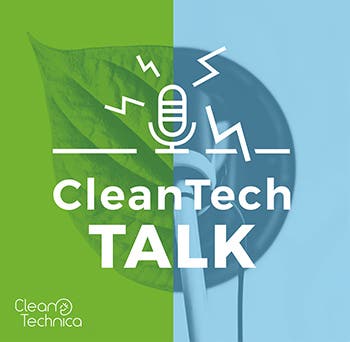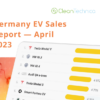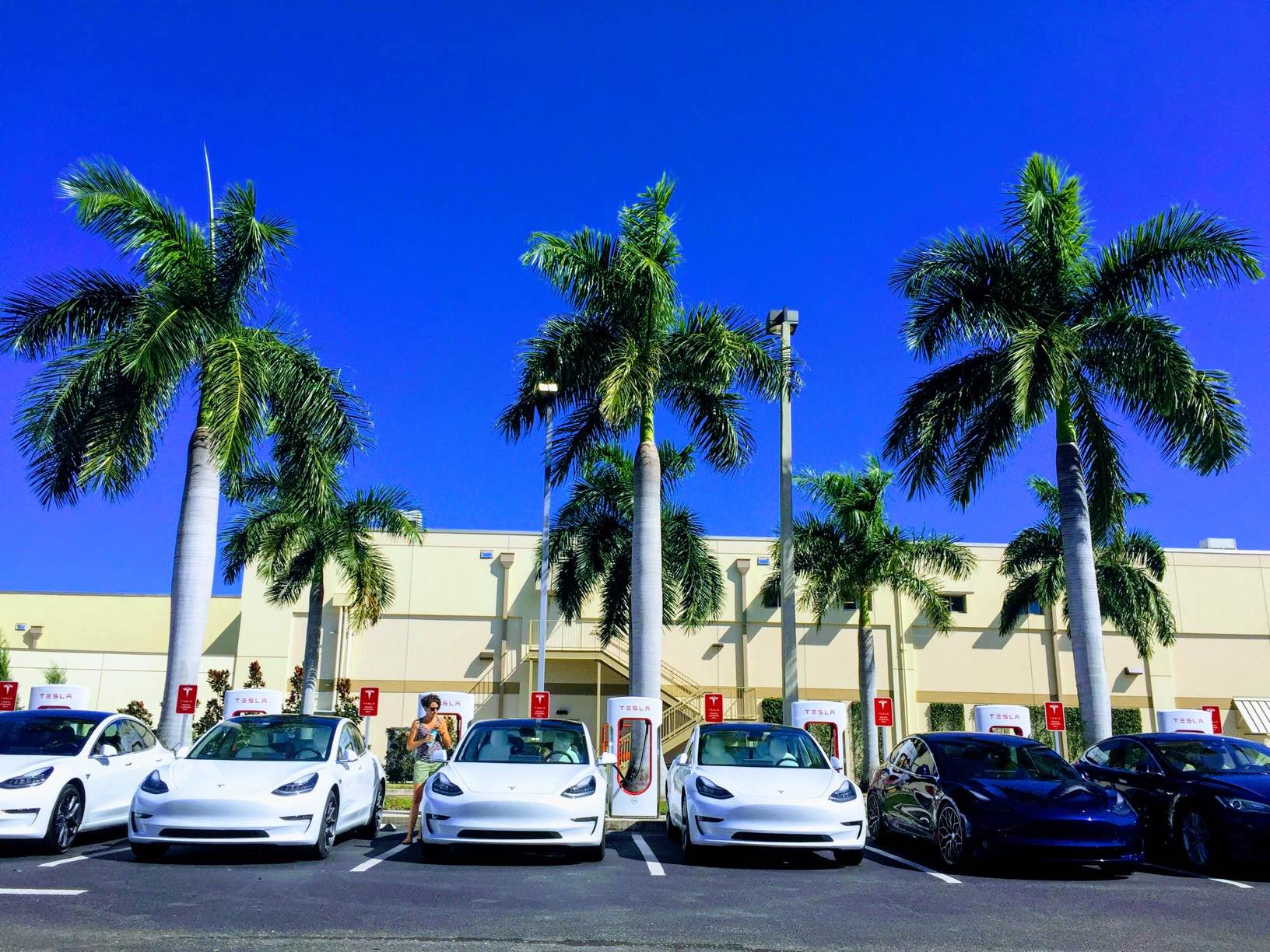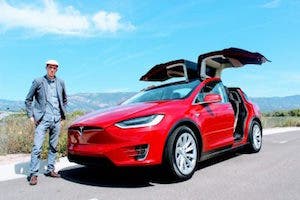There are several terms that we frequently use on CleanTechnica which are not particularly common among the broader population, so Maarten Vinkhuyzen decided to create a glossary to help out with this. Here’s the start of that glossary.
Vehicle Powertrains
| FFV | Fossil Fuel Vehicle. All vehicles with a tailpipe. |
| ICE | Internal Combustion Engine. (Also used by some for the vehicle.) |
| ICEV | Internal Combustion Engine Vehicle. |
| HEV | Hybrid Electric Vehicle. This is a 100% FFV, with no plug but with increased efficiency using a small battery and some technology borrowed from electric vehicles. They are also called “electrified vehicles” or “self charging” vehicles. Some types are “Mild Hybrids,” if they borrow the absolute minimum from electric vehicles. Pioneered by Toyota and Honda, HEVs are now widely used by others to reach EU emission targets. |
| PHEV | Plugin Hybrid Electric Vehicle. This is not a 100% FFV vehicle. The driver has the opportunity to use electricity from the grid for limited driving. The driving is limited in range and often also performance. The battery is a bit larger than those used in HEVs. The PHEV best can be an alternative for those visiting the outskirts of habitation, like Northern Finland or parts of Canada, regions without charging infrastructure or an electric grid. The pure electric range is mostly between 10–30 miles, but longer range is starting to become less exceptional. |
| BEV | Battery Electric Vehicle. The most common vehicle without a tailpipe. The first of these did have very little range on a full charge due to the price of batteries, or were very expensive. Now, however, most new models have at least an acceptable range and are priced in the middle of the market. Some call these vehicles Pure Electric Vehicles (PEV), which causes confusion with the next acronym. |
| PEV | Plugin Electric Vehicle. The combination of both plugin hybrids (PHEVs) and tailpipe-less battery electric vehicles (BEVs). |
| HFCV | Hydrogen Fuel Cell Vehicle – Also called FCEV (Fuel Cell Electric Vehicle) or FCV. It has a water outlet that is called a tailpipe. It is the remnant of hope among some that hydrogen could one day replace gasoline as the main source of energy for road transport. HFCVs have been 5 years in the future for the past 30 years. About 20 years ago, batteries became more promising, and 10 years ago, batteries started to conquer the market. HFCVs really do not have much of a future left in most of the world. |
Vehicle Classes/Sizes
| A-segment | Mini | Volkswagen Up!, Fiat Panda/500, Toyota Aygo, Japanese Kei cars. |
| B-segment | Small | Volkswagen Polo, Renault Clio, Ford Fiesta, Toyota Yaris, Opel Corsa. |
| C-segment | Lower medium | VW-Golf, Renault Megane, Audi A3, Toyota Corolla, Honda Civic. |
| D-segment | Medium | BMW 3 Series, Mercedes-Benz C-Class, Audi A4, Volkswagen Passat. |
| E-segment | Large | BMW 5 Series, Mercedes-Benz E-Class, Audi A6. |
| F-segment | Luxury | BMW 7 Series, Mercedes-Benz S-Class, Audi A8. |
Anything else you’d like to see added to this glossary?









